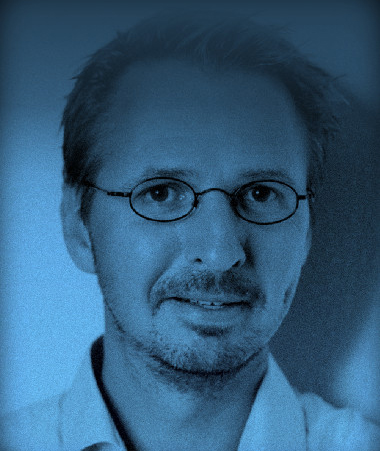1990
Large order: MWM cogeneration power plant for Cologne-Stammheim sewage treatment plant
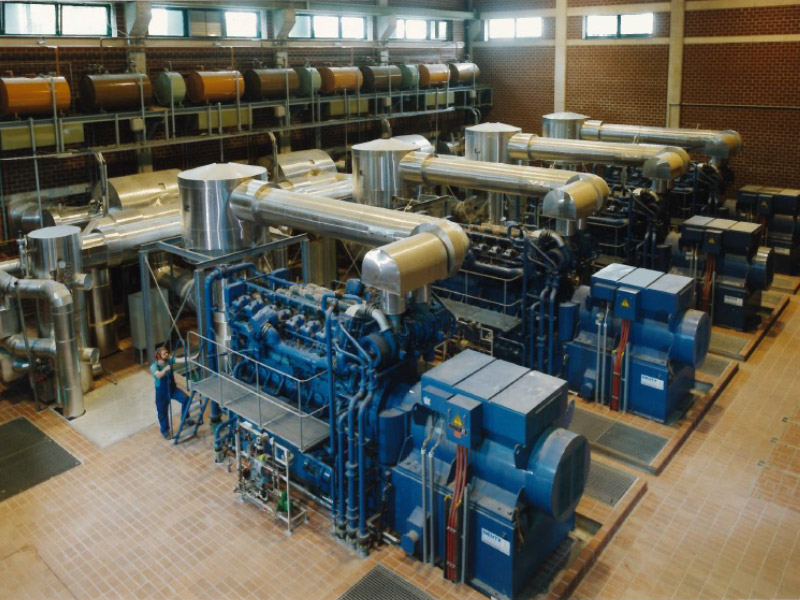
Engine operation with three different fuels, tricky acoustic measurement
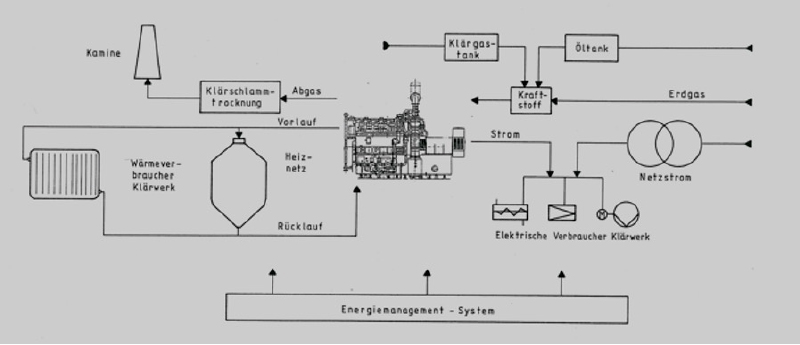 A Special MWM Moment of Heinrich Baas
A Special MWM Moment of Heinrich Baas
Apart from powering a wide range of engineering applications, MWM engines boast a proven track record in helping to protect the environment by saving energy and supporting a variety of fuels and energy sources. The following report by Heinrich Baas on the construction of a cogeneration power plant for the large sewage treatment plant in Cologne-Stammheim proves this impressively:
The backdrop of this extraordinary project: In the late 1980s, the increased demands on public wastewater treatment prompted the city of Cologne to expand its large sewage treatment plant in Cologne-Stammheim. Naturally, the higher treatment performance of the wastewater treatment plant also significantly increased the energy consumption. An integrated energy supply concept was elaborated to ensure economical, uninterrupted energy supply based on a cogeneration power plant.
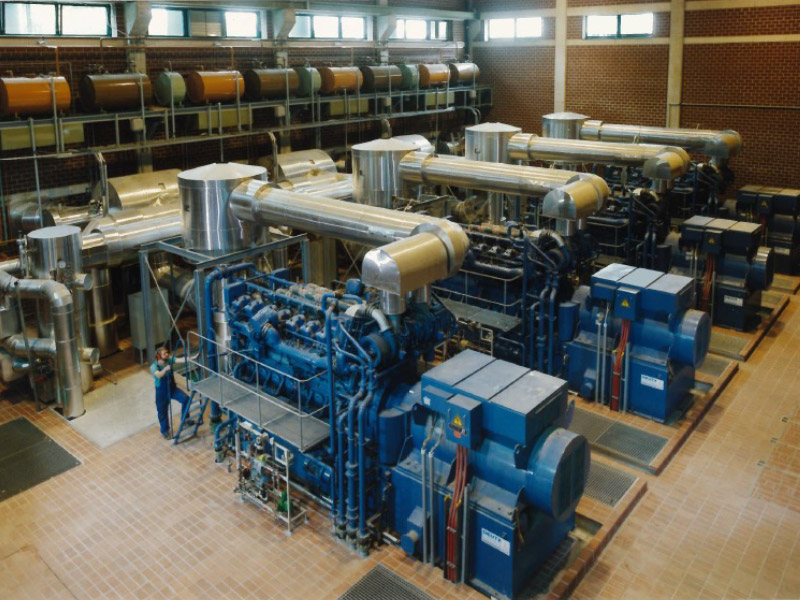
Thus, MWM received an order for a cogeneration power plant comprising four TBDG 441 V16 diesel-gas generator sets that would cover 70 percent of the sewage treatment plant’s power demand and 100 percent of its thermal energy demand.
A special feature of this plant was the option to run the engines with three different fuels: sewage gas, natural gas, and diesel. The engines predominantly run on the accumulating sewage gas. When too little sewage gas is available, individual engine units run on natural gas. The diesel-only operation of the engines ensures reliable energy supply for the sewage treatment plant even in the event of a power failure or when no sewage gas is available.
The digesters are heated all year round using the exhaust heat from the lubricating oil, cooling water, and exhaust gas. When necessary, the heat can also be used for the buildings of the sewage treatment plant. The engine units each have a generator output of 1,584 kW and a thermal output of 1,713 kW.
The technology of the MWM engines also delivered ecological advantages. When planning the cogeneration power plant, great importance was attached to eco-compatibility with regard to the plant’s exhaust gas emissions and noise pollution. Therefore, each engine was fitted with a catalytic converter combination of SCR and oxidation catalysts in the exhaust tract. The nitrogen oxide (NOx) and carbon monoxide (CO) emissions in the exhaust gas could thus be reduced to well below the strict limits of the TA-Luft (Technical Instructions on Air Quality Control) applicable at the time.
To reduce noise emissions, additional sound insulation hoods were fitted over the generator sets, and two-stage exhaust sound insulation was installed.
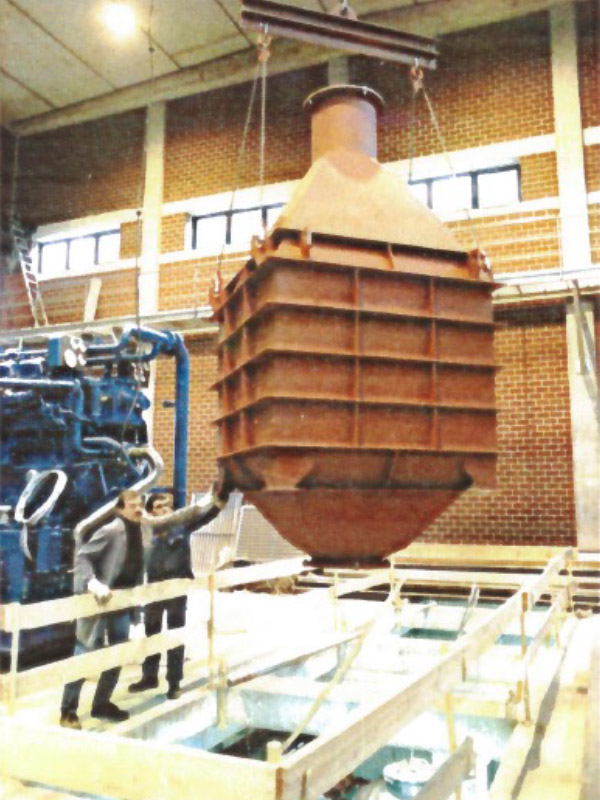
As the project manager for this order, I was responsible for the technical setup of the cogeneration power plant, for complying with the budget, and for completing the plant on time. The challenges of setting up such a complex cogeneration power plant were indeed great. Except for the building, our scope of delivery included all components of the cogeneration power plant.
This was also reflected in the order volume of approximately DM 20 million—one of the largest MWM had ever received. Both for this reason and because the plant was to be set up at the location of our then-parent company Klöckner-Humbold-Deutz AG, the Executive Board of KHD asked for regular updates on the construction progress.
Though coordinating the interfaces was extremely time-consuming, the plant was completed on schedule in 1990. This was followed by various test series in which the performance of the engines and compliance with exhaust gas emissions and noise emissions were tested in real operation for all three operating modes with sewage gas, natural gas, and diesel. Happily, all contractually agreed values were met. Imagine how relieved I was!
But had I rejoiced a little too soon? Surprisingly, despite all the measures taken, there were complaints from the neighborhood about the allegedly excessive noise from the plant. Technically speaking, however, this was a mystery, since the acoustic measurements carried out at all times of the day demonstrated compliance with the specified noise levels. Repeat measurements were then officially announced, and the cogeneration power plant stood still during this time. Nevertheless, the complaints continued. Eventually, the issue was clarified. It turned out that the operation of the cogeneration power plant did not result in a demonstrable increase in noise levels. Subsequently, the complaints stopped, and the commissioning was completed. In the end, all of us—myself, the city of Cologne, and our Executive Board—were happy.
A belated tribute: The following annual report of KHD AG showed a photograph of the cogeneration power plant.
READ MORE ...
MWM History. Future Needs Tradition.
More about the history of the company, the MWM brand and the experience in developing and optimizing stationary gas engines.
Read moreLEARN MORE ...
Image credits:
Image 1: Integrated energy supply concept
Image 2: Cogeneration power plant prior to the installation of the acoustic enclosures
Image 3: Combination of catalytic converters during the installation



















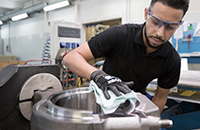
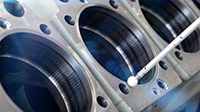

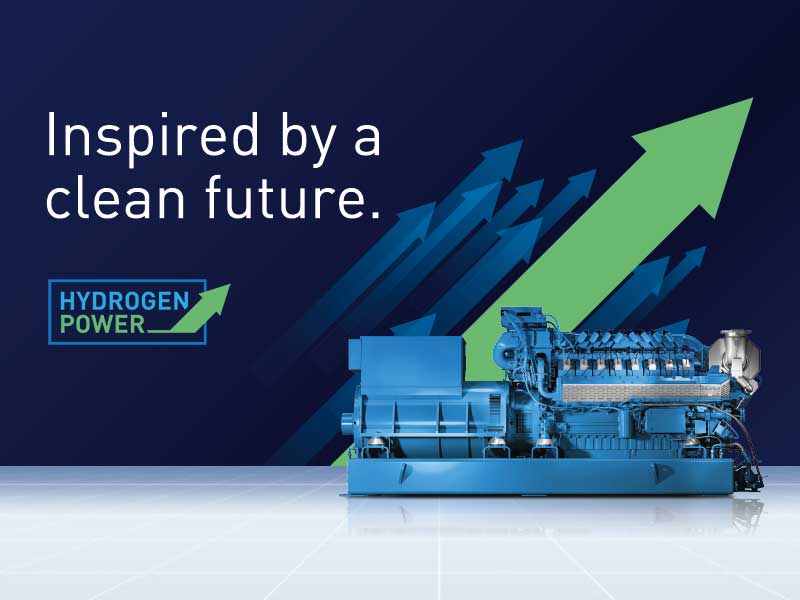
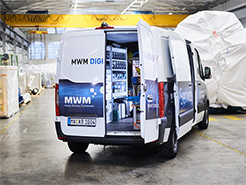



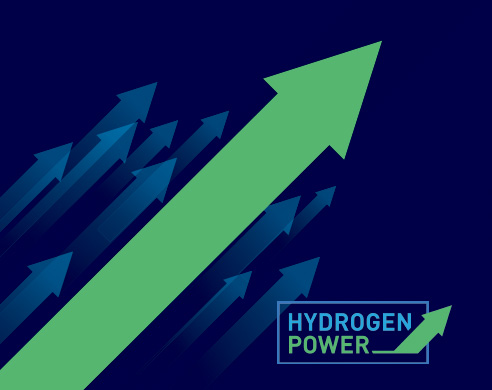




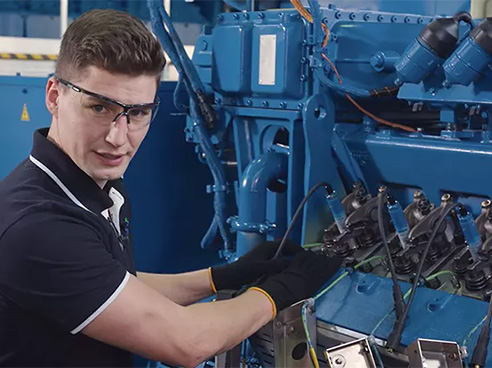
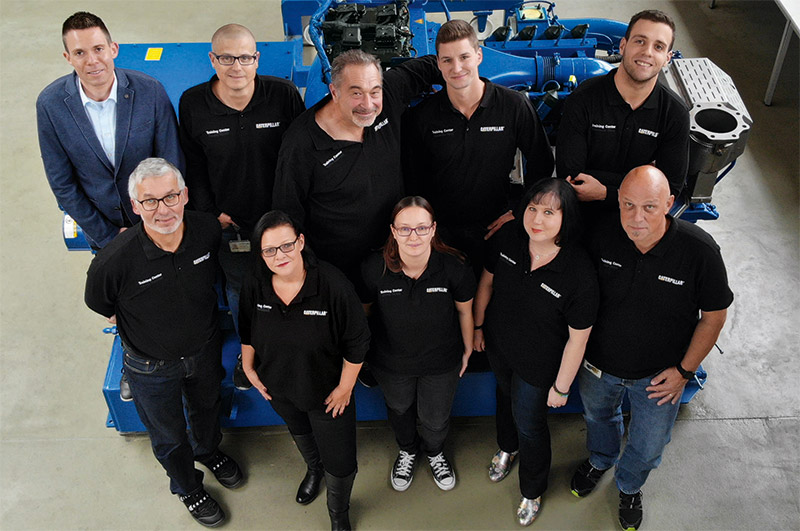







 «
« 
